Previous Day - Next Day

“False words are not only evil in themselves, but they infect the soul with evil.”
~ Socrates
Wikiquote (Socrates (469 BC – 399 BC) a classical Greek Athenian philosopher. Credited as one of the founders of Western philosophy, he is an enigmatic figure known chiefly through the accounts of later classical writers, especially the writings of his students Plato and Xenophon, and the plays of his contemporary Aristophanes.)
(“The Death of Socrates” by Jacques-Louis David, 1787 / “The School of Athens” by Raphael)

June 4th, 1039
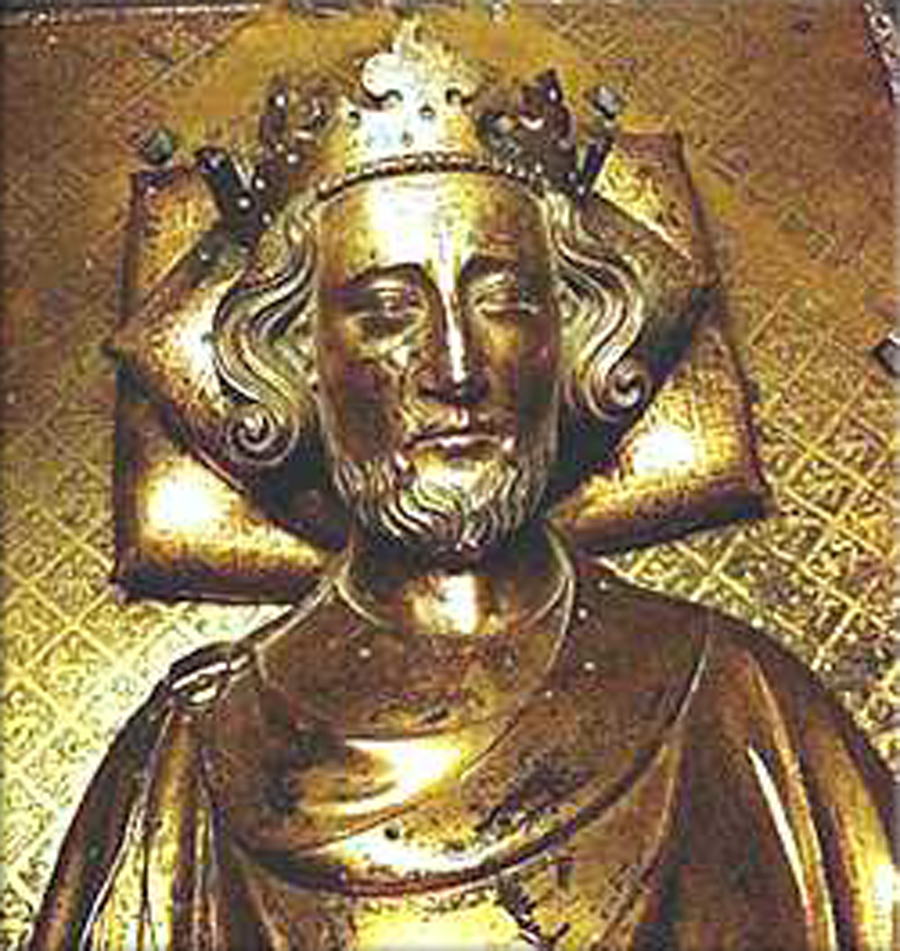
Henry III becomes Holy Roman Emperor.
Wikipedia Photo: Henry III
June 4th, 1411

King Charles VI granted a monopoly for the ripening of Roquefort cheese to the people of Roquefort-sur-Soulzon as they had been doing for centuries.
Wikipedia Image: King Charles VI of France granted a monopoly for the ripening of Roquefort cheese.
June 4th, 1760
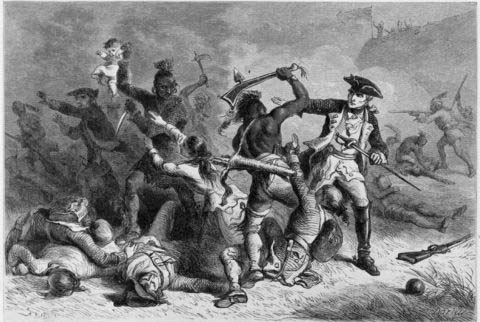
Following Great Upheaval: New England planters arrive to claim land in Nova Scotia, Canada taken from the Acadians.
Wikipedia Image: Great Upheaval, credit Canada.gov.
June 4th, 1783

Joseph and Jacques Montgolfier publicly demonstrate their montgolfière (hot air balloon).
Wikipedia Painting: Hot Air Balloons and the Montgolfier Brothers.
June 4th, 1889
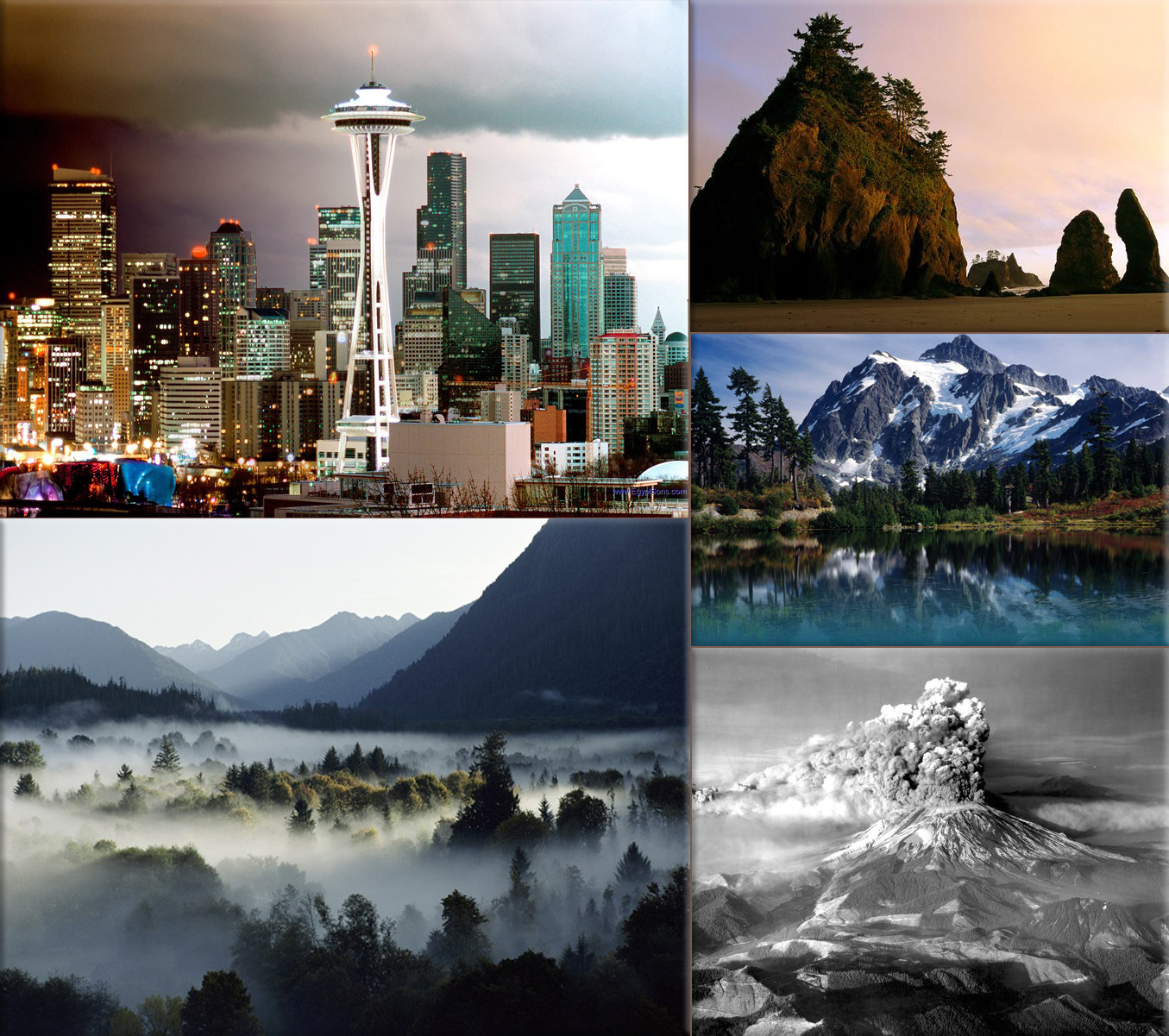
Captain George Vancouver claims Puget Sound for the Kingdom of Great Britain.
Wikipedia Photo: Seattle Skyline, Washington; Olympic Mountains Olympic National Park; Olympic National Park by Melissa Farlow; The Cascade Loop, Washington State's Scenic Loop Highway; Washington State's Mount St. Helens, by USGS. credit National Geographic.
June 4th, 1812

Following Louisiana's admittance as a U.S. state, the Louisiana Territory is renamed the Missouri Territory.
Wikipedia Image: Thomas Jefferson, 3rd President of the United States, Rembrandt Peale (1805). - Coronation of Napoleon I on his Imperial Throne by Jean Auguste Dominique Ingres, 1806. Louisiana Territory purchased by the United States from France for $15 million, more than doubling the size of the young nation.
June 4th, 1825
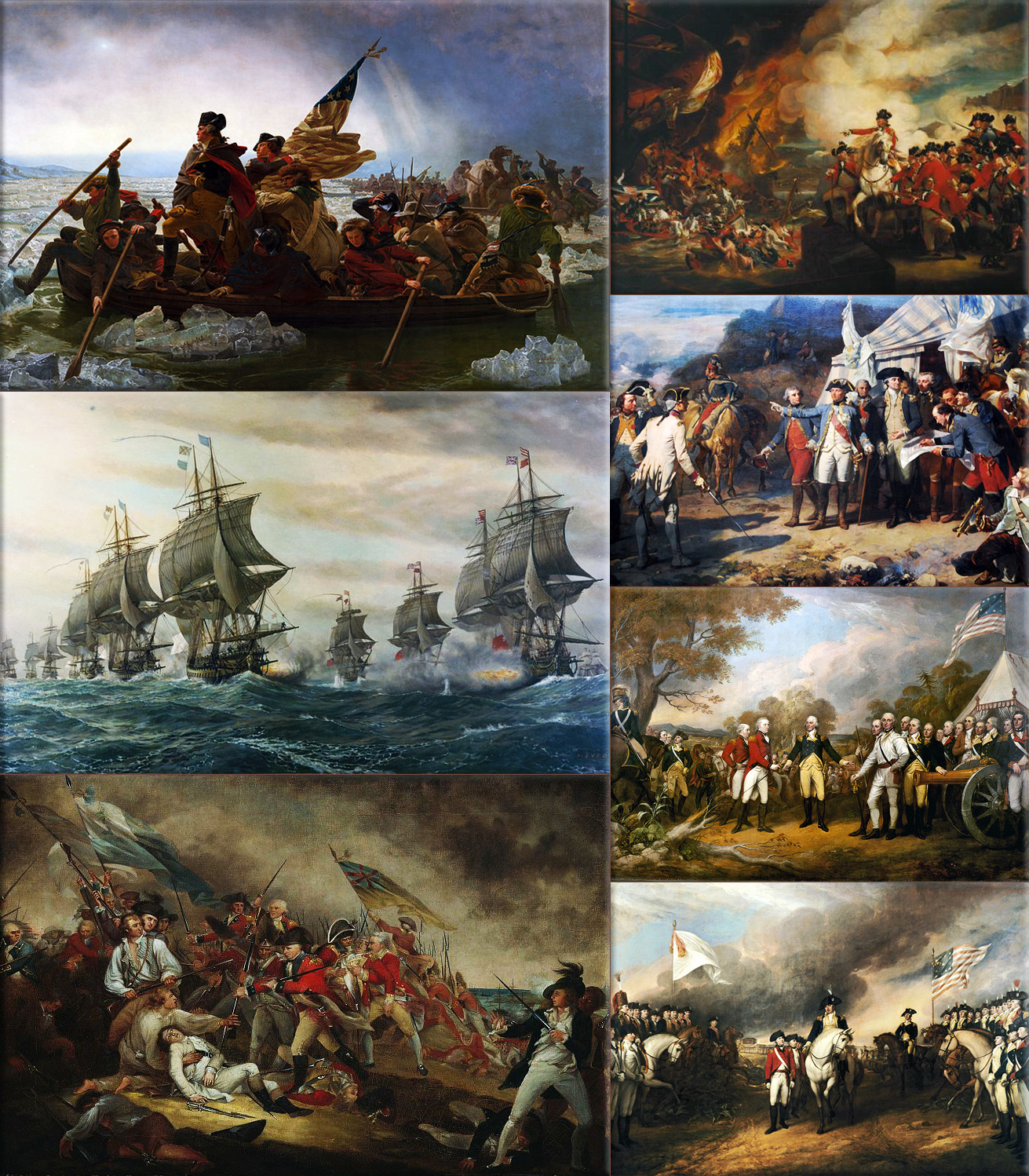

American Revolutionary War:
1825 - French American Revolutionary War - General Lafayette speaks at what would become Lafayette Square, Buffalo during his visit to the United States.
Wikipedia Paintings: Washington Crossing the Delaware, by Emanuel Leutz; Battle of the Chesapeake, French (left) and British (right) lines; Battle of Bunker Hill, The Death of General Warren at the Battle of Bunker Hill by John Trumbull; The Defeat of the Floating Batteries at Gibraltar, September 13, 1782, by John Singleton Copley; Washington and the Comte de Rochambeau at Yorktown, 1781; "The surrender at Saratoga" shows General Daniel Morgan in front of a French de Vallière 4-pounder; Surrender of Cornwallis at Yorktown by (John Trumbull, 1797).
● General Lafayette / "Declaration of the Rights of Man and of the Citizen", proposed to the Estates-General by Lafayette.
June 4th, 1859
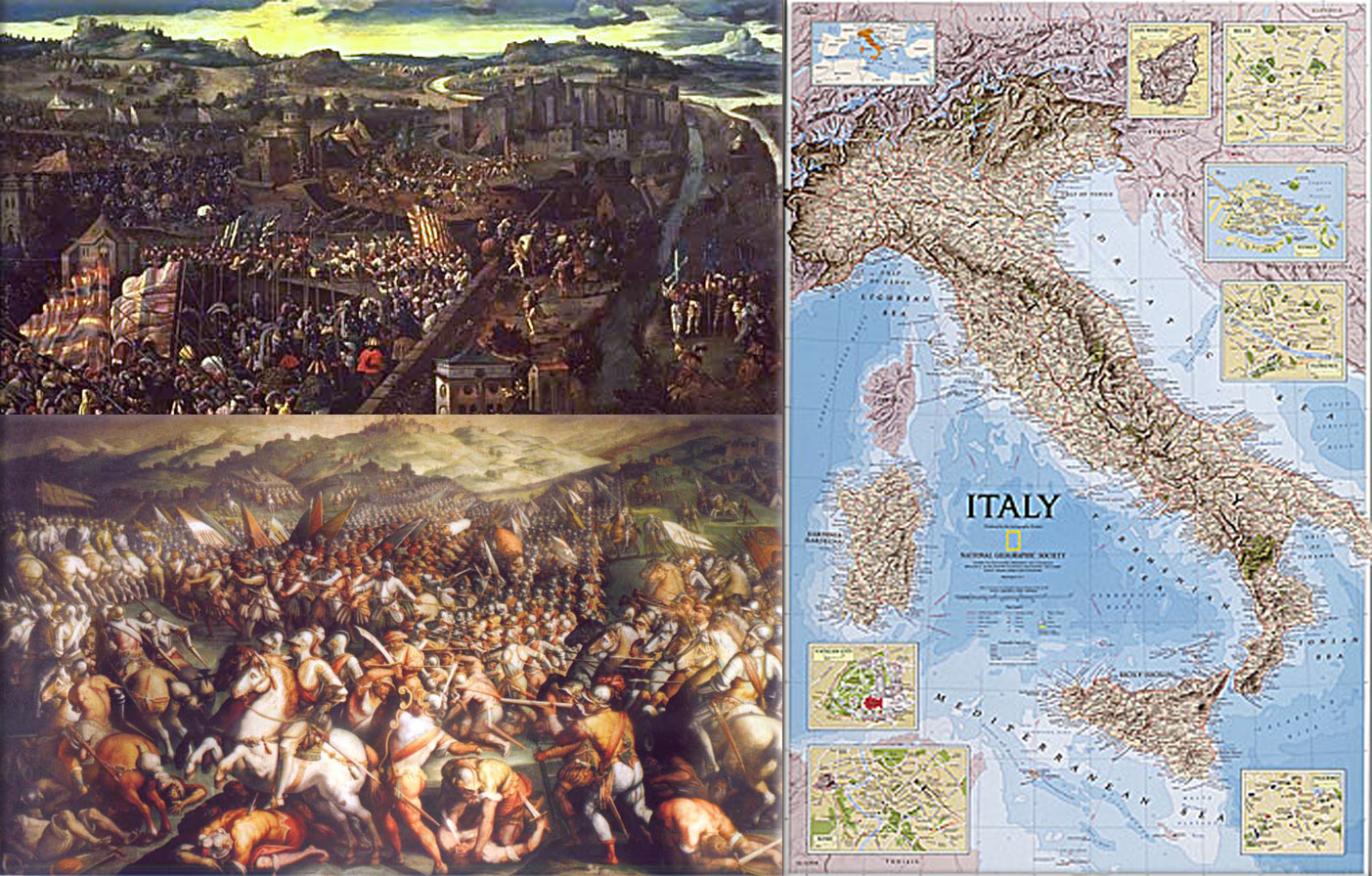
Italian Independence Wars: The Battle of Magenta; the French army, under Louis-Napoleon defeat the Austrian army.
Wikipedia Image: Italian Wars: (Great Italian Wars or The Renaissance Wars), were a series of conflicts from 1494 to 1559 that involved, at various times, most of the city-states of Italy, the Papal States, most of the major states of Western Europe (France, Spain, the Holy Roman Empire, England, and Scotland) as well as the Ottoman Empire.
June 4th, 1862
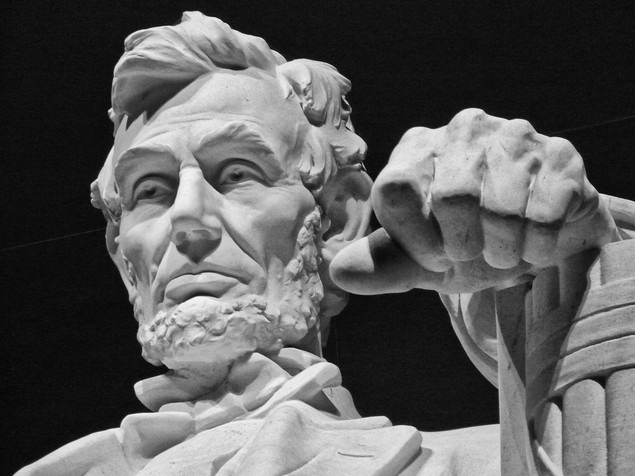
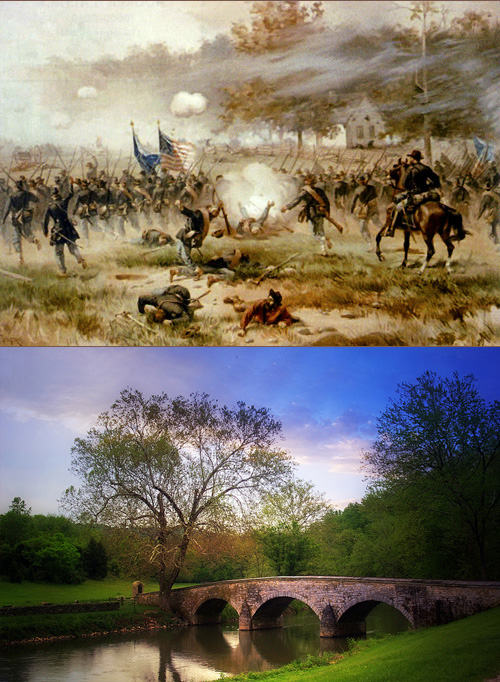
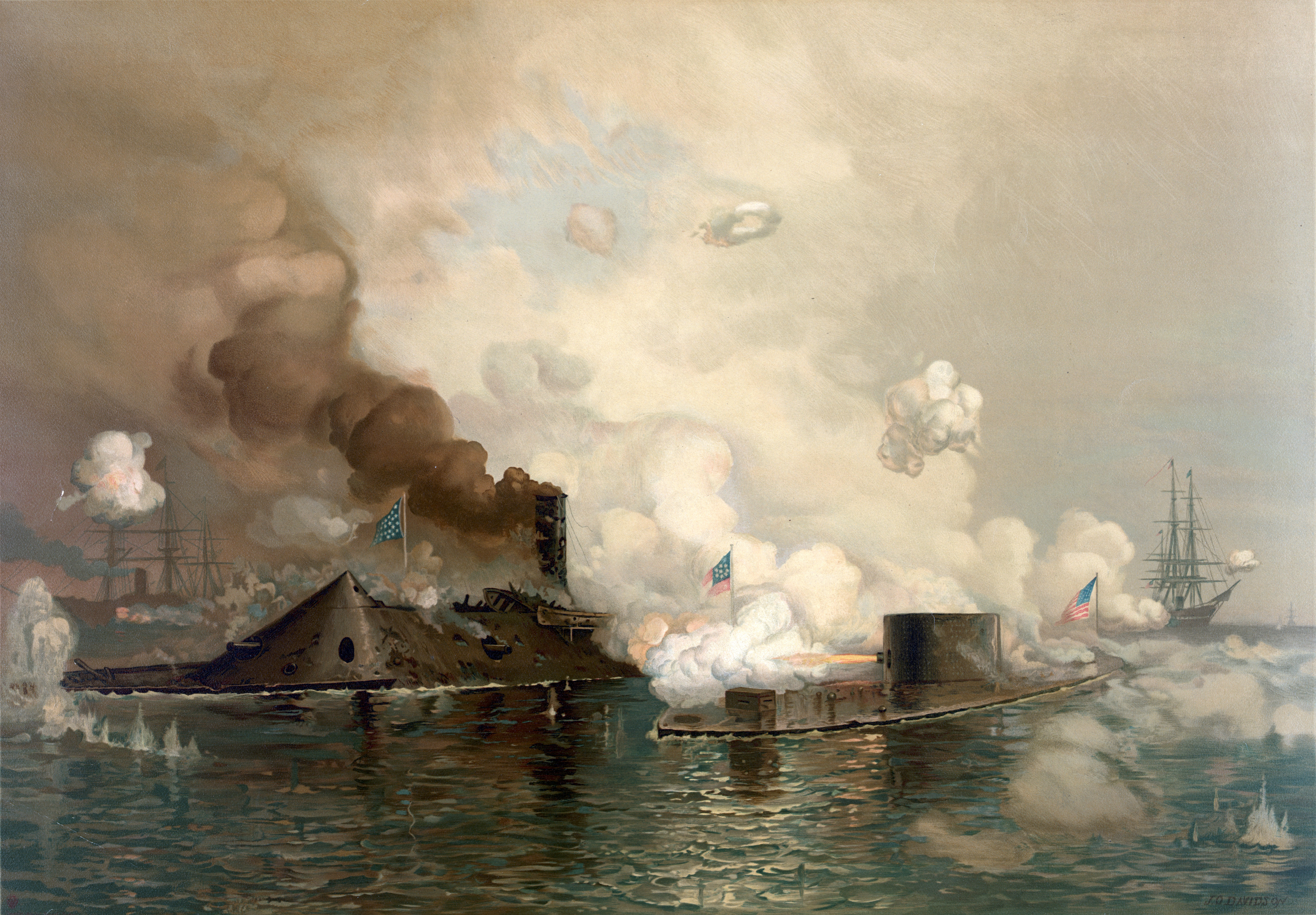
American Civil War:
1862 - Confederate troops evacuate Fort Pillow on the Mississippi River, leaving the way clear for Union troops to take Memphis, Tennessee.
Wikipedia Image: ● Lincoln Memorial; an American national monument built to honor the 16th President of the United States, Abraham Lincoln - located on the National Mall in Washington, D.C. across from the Washington Monument.
● The northern army led by George McClellan and the southern army led by Robert E. Lee met at Antietam Creek, Maryland in September, 1862. It was a bloody battle where 13,000 Confederates and 12,000 Union troops died in just one day. McClellan had hesitated to attack before the battle thus letting the southern troops regroup. Also, he had saved reserves and refused to use them at the end of the battle thinking that Lee was holding reserves for a counterattack, even though those reserves didn't exist. The Union victory stopped Lee's northward advance and was a turning point in the war.
● Battle of Antietam / Stone Bridge at Antietam Battlefield - Sharpsburg, Maryland
● First Battle Between Ironclads: CSS Virginia/Merrimac (left) vs. USS Monitor, in 1862 at the Battle of Hampton Roads.
● Although photography was still in its infancy, war correspondents produced thousands of images, bringing the harsh realities of the frontlines to those on the home front in a new and visceral way. The Atlantic.
June 4th, 1876
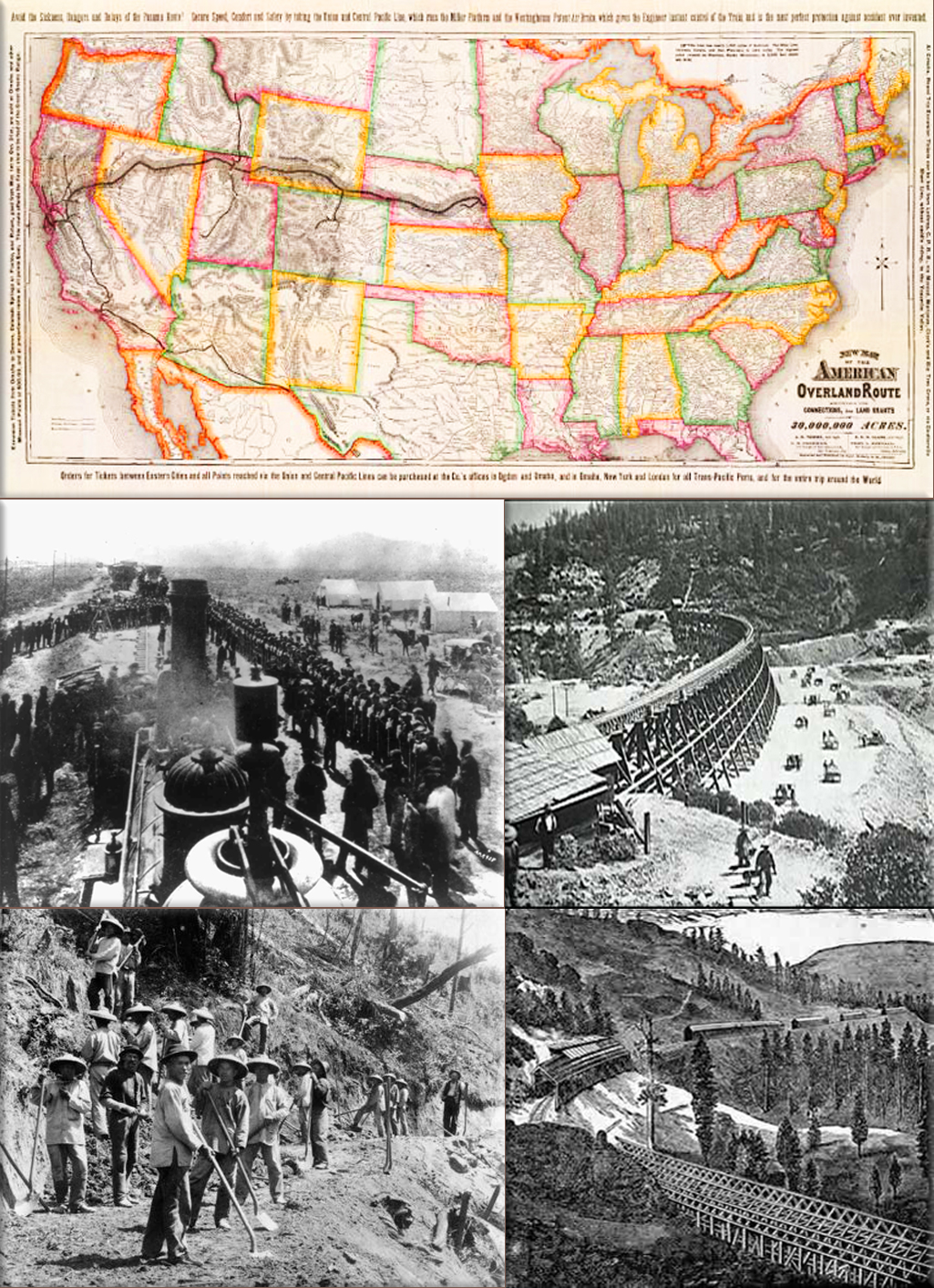
Transcontinental Express: An express train arrives in San Francisco, California, via the First Transcontinental Railroad only 83 hours and 39 minutes after leaving New York City.
Wikipedia Image: First Transcontinental Railroad ● The Transcontinental Railroad Route.
June 4th, 1896

Henry Ford completes the Ford Quadricycle: his first gasoline-powered automobile and gives it a successful test run.
Wikipedia Photo: Ford Quadricycle, credit Ford corporate press release - Ford Quadricycle.
June 4th, 1913
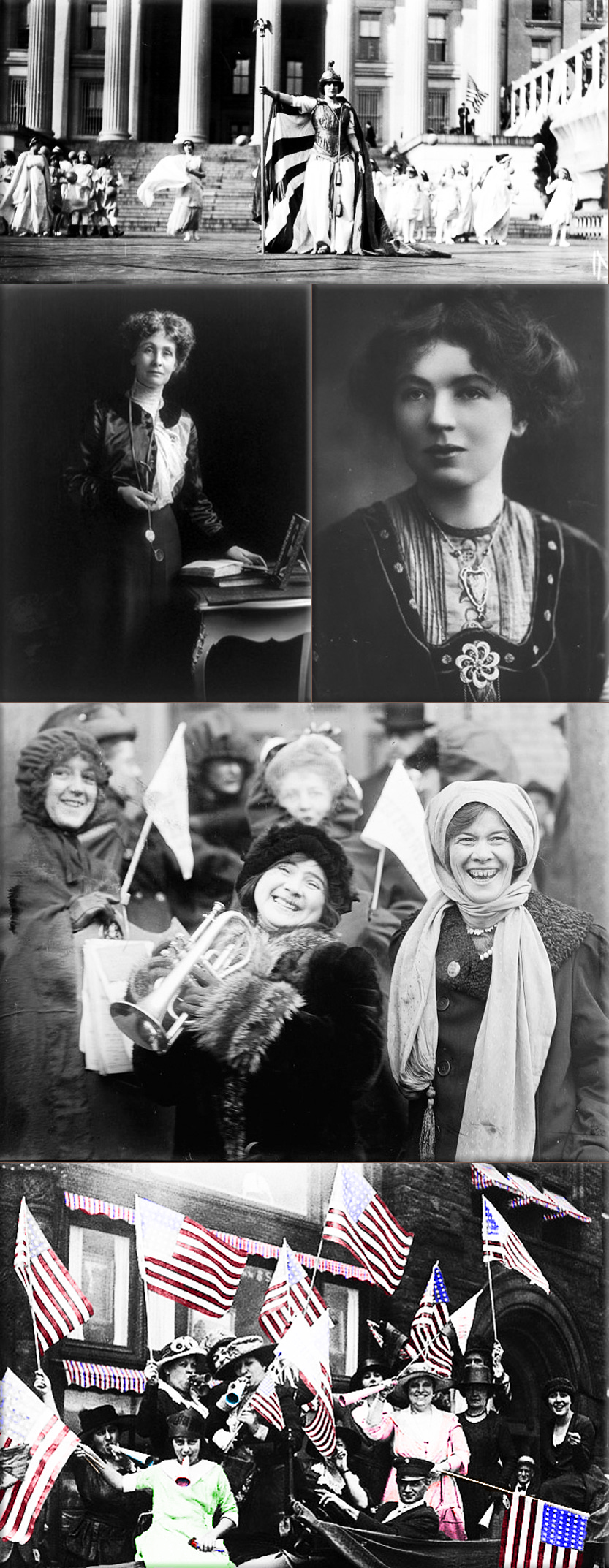
Woman's suffrage:
1913 - The Emily Davison a suffragette, runs out in front of King George V's horse, Anmer, at the Epsom Derby - She is trampled, never regains consciousness and dies a few days later.
1919 - The United States Congress approves the Nineteenth Amendment to the United States Constitution, which guarantees suffrage to women, and sends it to the U.S. states for ratification.
Wikipedia Photo: Woman's suffrage: in the United Kingdom and United States, credit Library of Congress ● Emmeline Pankhurst (100 Most Important People of the 20th Century) ● Christabel Pankhurst ● Women suffragists demonstrating for the right to vote, February 1913 ● Nineteenth Amendment to the United States Constitution became law on August 26, 1920, and women could vote in the Presidential election.
June 4th, 1920
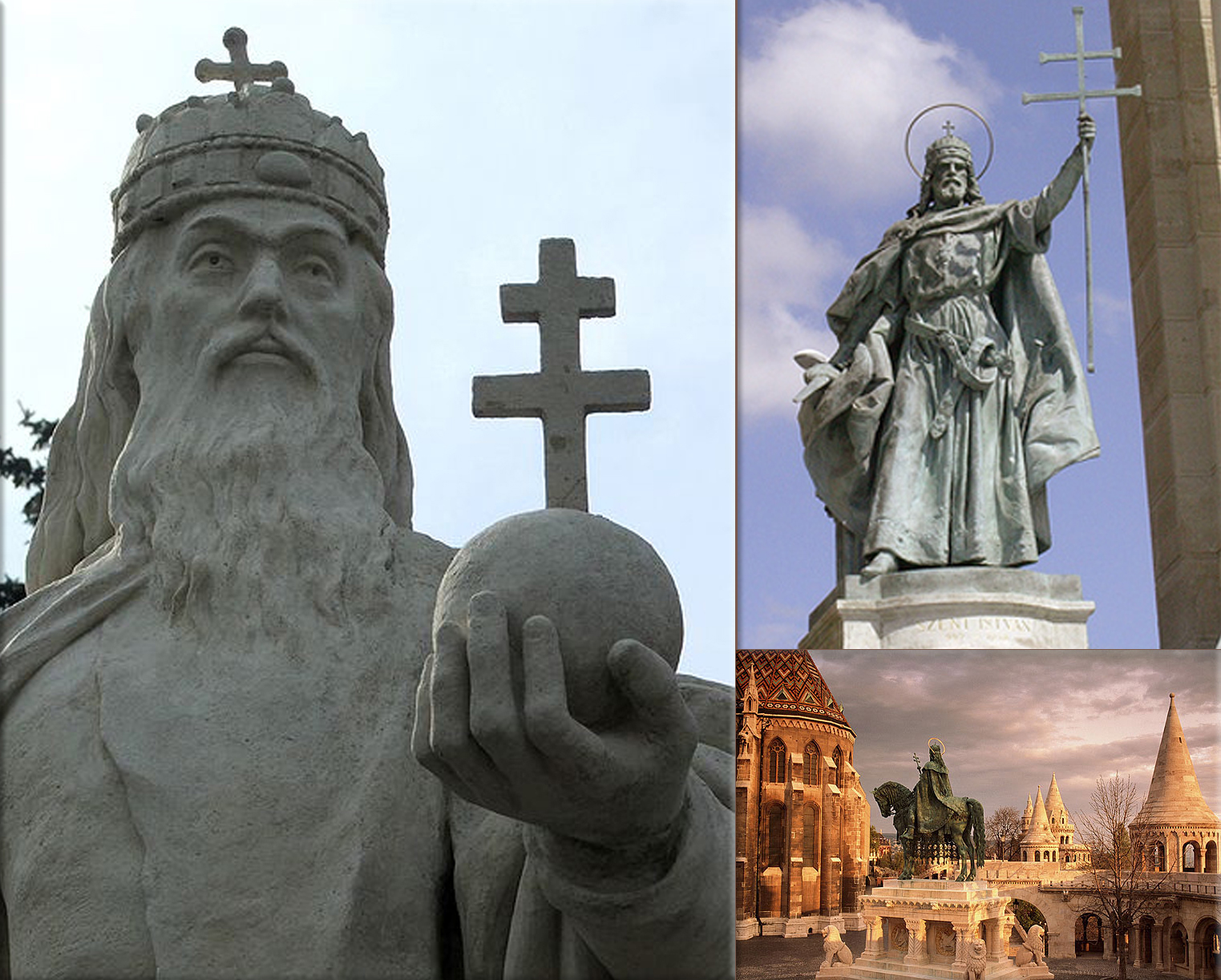
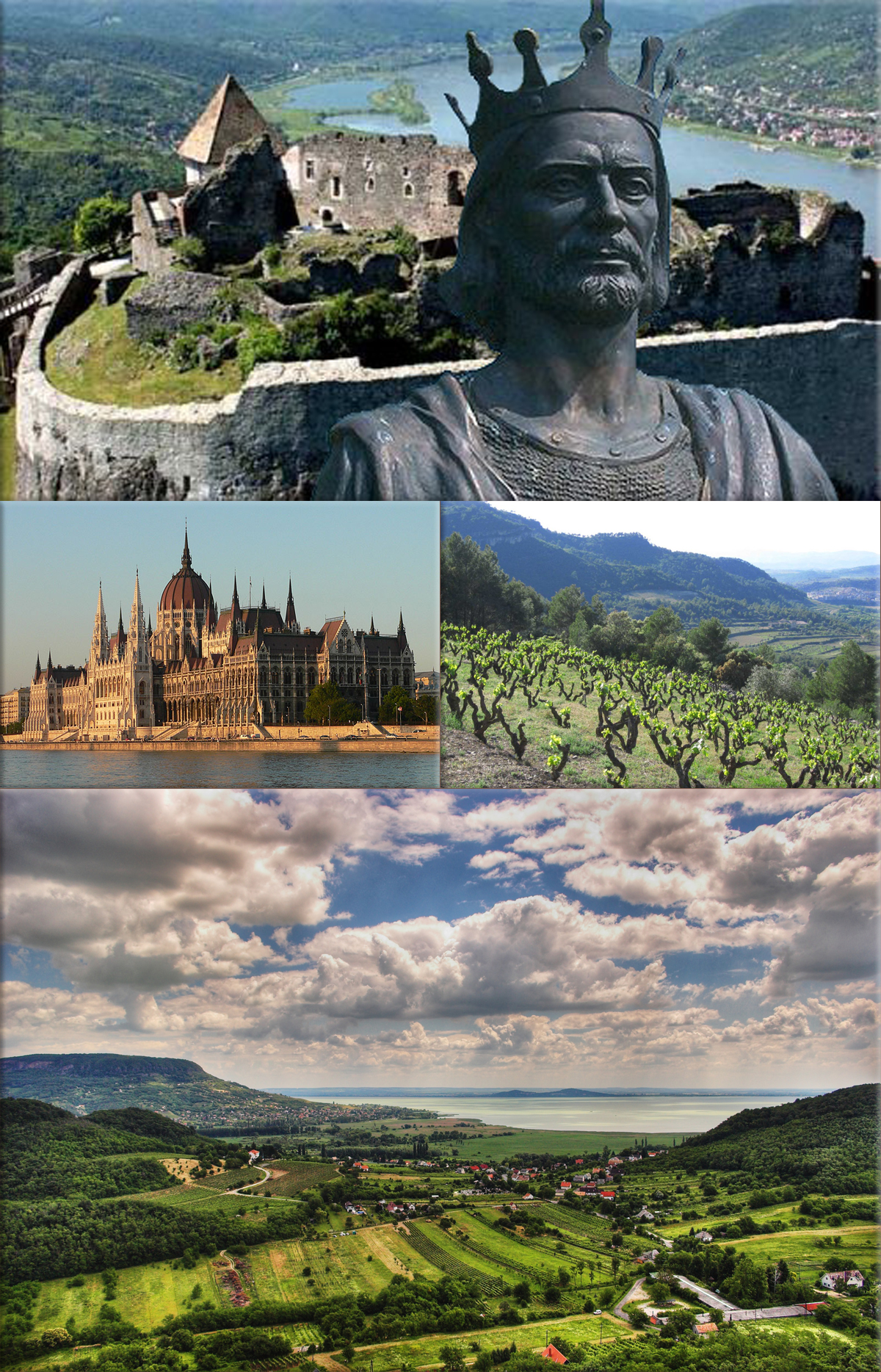
1920 - Hungary Hungary loses 71% of its territory and 63% of its population when the Treaty of Trianon is signed in Paris.
Wikipedia Image: Saint Stephen (He greatly expanded Hungarian control over the Carpathian Basin during his lifetime, broadly established Christianity in the region, and is generally regarded as the founder of the Kingdom of Hungary); Statue of Saint Stephen, Fisherman's Bastion, Budapest, Hungary. David Noton/Getty Images.
Béla I of Hungary (National Historical Memorial Park in Ópusztaszer); Medieval Castle, the Palace of Visegrad in Hungary.
● Budapest parliament building ● Tokaj Wine Region Historic Cultural Landscape Hungary (UNESCO Heritage Site) ● Landscape at Lake Balaton, Hungary.
June 4th, 1928
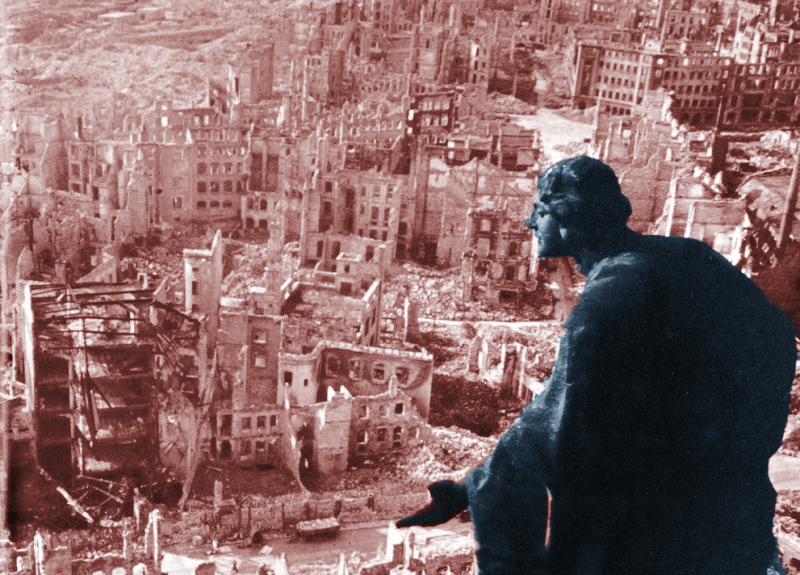

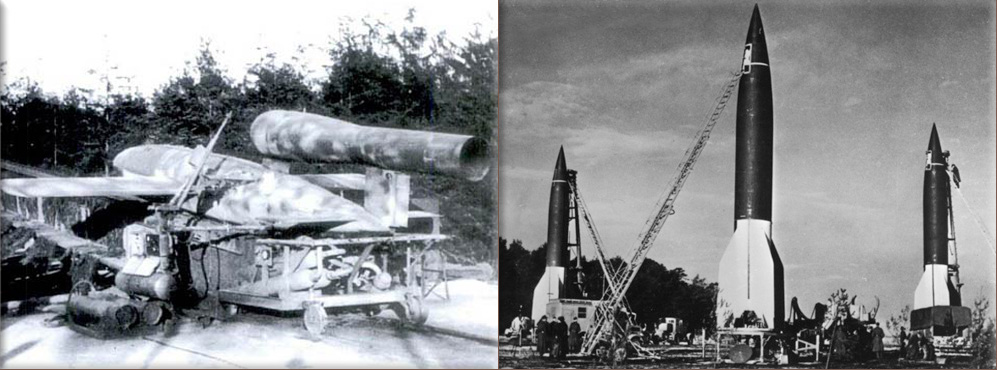
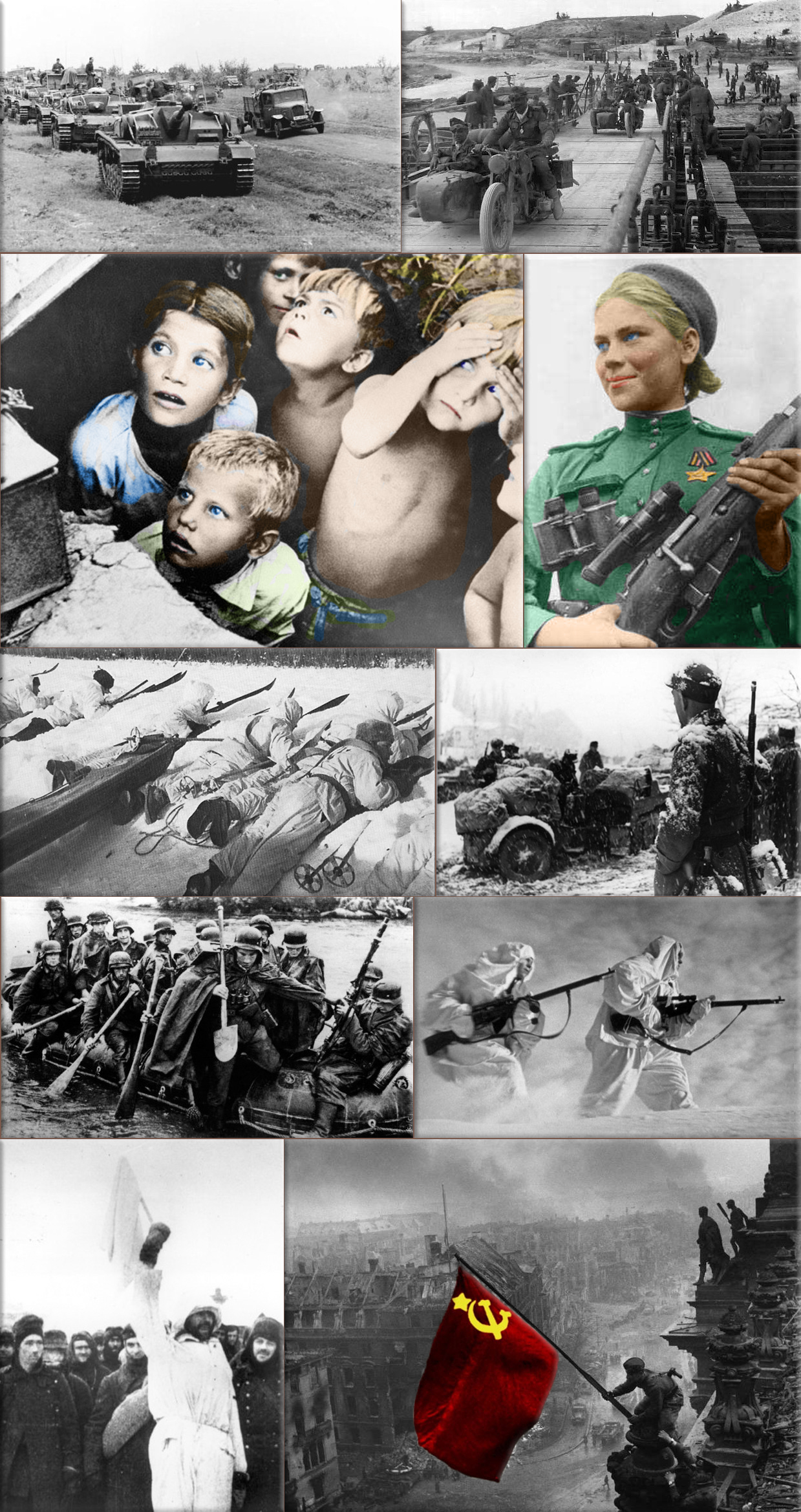

Pre World War II:
1928 - President of the Republic of China Zhang Zuolin is assassinated by Japanese agents.
1932 - Marmaduke Grove and other Chilean military officers lead a coup d'etat establishing the short-lived Socialist Republic of Chile.
World War II:
1940 - Dunkirk evacuation; ends - British forces complete evacuation of 300,000 troops from Dunkirk in France. To rally the morale of the country, Winston Churchill delivers his famous "We shall fight on the beaches" speech.
1942 - Battle of Midway; begins - Japanese Admiral Chuichi Nagumo orders a strike on Midway Island by much of the Imperial Japanese navy.
1943 - Argentine coup d'état (1943); A military coup in Argentina ousts Ramón Castillo.
1944 - A hunter-killer group of the United States Navy captures the German submarine U-505 the first time a U.S. Navy vessel had captured an enemy vessel at sea since the 19th century.
1944 - Rome falls to the Allies, the first Axis capital to fall.
Wikipedia Photo: Bombing of Dresden in World War II; August Schreitmüller's sculpture 'Goodness' surveys Dresden after a firestorm started by Allied bombers in 1945.
USS Bunker Hill was hit by kamikazes piloted by Ensign Kiyoshi Ogawa and another airman on 11 May 1945. 389 personnel were killed or missing from a crew of 2,600; Ensign Kiyoshi Ogawa, who flew his aircraft into the USS Bunker Hill during a Kamikaze mission on 11 May 1945; Kamikaze Missions - Lt Yoshinori Yamaguchi's Yokosuka D4Y3 (Type 33 Suisei) "Judy" in a suicide dive against USS Essex. The dive brakes are extended and the non-self-sealing port wing tank is trailing fuel vapor and/or smoke 25 November 1944.
German V1 flying-bomb and V2 Rockets - Preparations for a Salvo Launch of V-2 Rockets in the Heidelager near Blizna (Poland) (1944), credit German History in Documents and Images GHDI.
Eastern Front (World War II); Germans race towards Stalingrad. August 1942; Soviet children during a German air raid in the first days of the war, June 1941, by RIA Novosti archive; Soviet sniper Roza Shanina in 1944. About 400,000 Soviet women served in front-line duty units Caucasus Mountains, winter 1942/43; Finnish ski patrol: the invisible enemy of the Soviet Army with an unlimited supply of skis; Men of the German Engineers Corps cross a river which is swollen after the first autumn rains, to strengthen bridges linking the German positions on the central front in Russia. by Keystone / Getty Images. October 1942; Russian snipers fighting on the Leningrad front during a blizzard. Photo by Hulton Archive / Getty Images, 1943; German soldiers surrendering to the Russians in Stalingrad, the soldier holding the white flag of surrender is dressed in white so that there could be no doubt of his intentions, a Russian soldier is on the right of the photograph. by Keystone / Getty Images, January 1943.
Allies Day, May 1917, National Gallery of Art.
June 4th, 1939
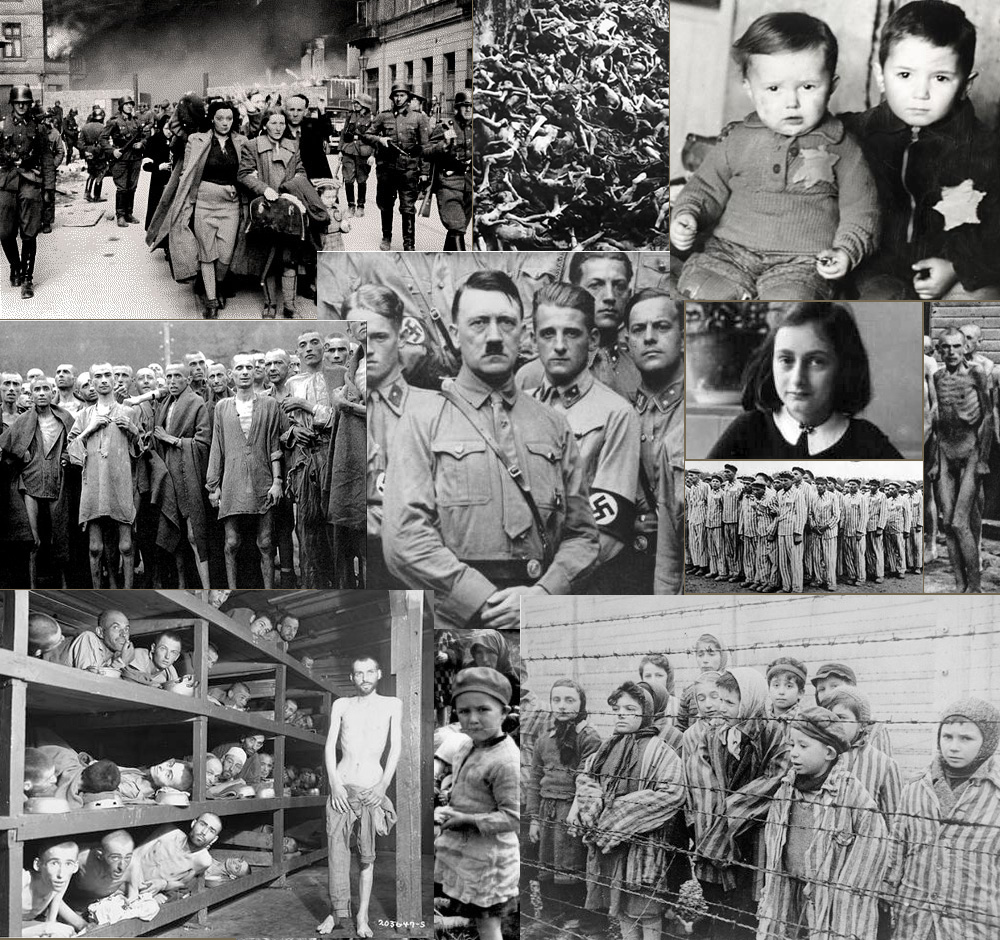
World War II: Holocaust;
1939 - The MS Saint Louis, a ship carrying 963 Jewish refugees, is denied permission to land in Florida, after already being turned away from Cuba. Forced to return to Europe, more than 200 of its passengers later die in Nazi concentration camps.
Wikipedia Photo: World War II, The Holocaust. Sources: United States Holocaust Memorial Museum USHMM, History 1900s, Internet Masters of Education Technology IMET, Techno Friends, Veterans Today, Concern.
June 4th, 1957

Martin Luther King, Jr. delivered his famous Power of Nonviolence speech at the University of California, Berkeley.
Wikipedia Photo: March on Washington for Jobs and Freedom, Francis Miller LIFE / Dr. Martin Luther King Jr. Speech (I Have A Dream) 
June 4th, 1961
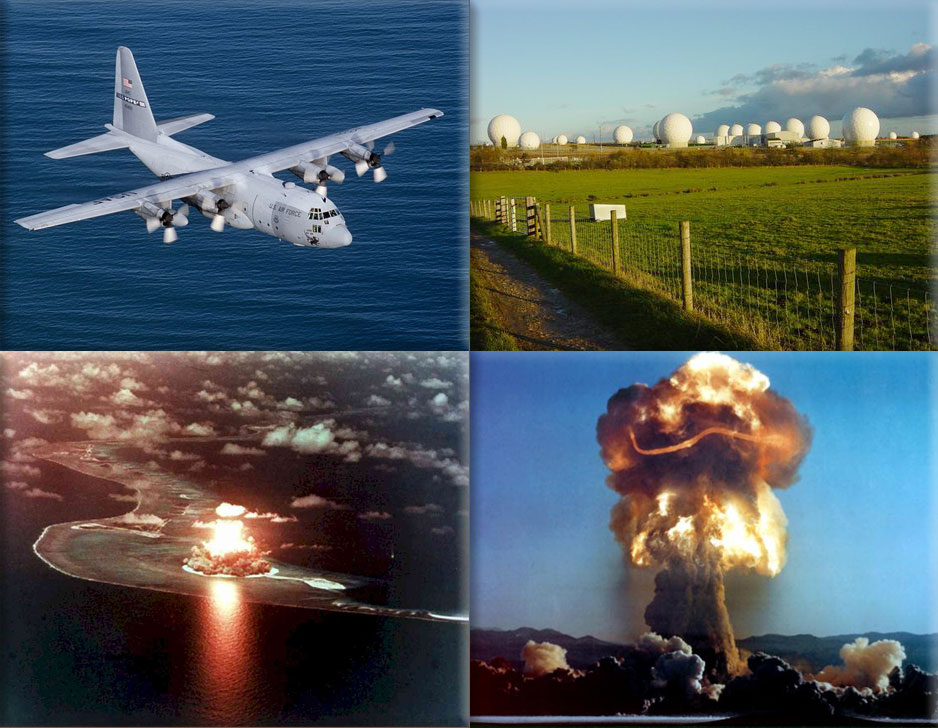
Cold War:
1961 - At the Vienna summit Soviet premier Nikita Khrushchev sparks the Berlin Crisis by threatening to sign a separate peace treaty with East Germany and ending American, British and French access to East Berlin.
Wikipedia Photo: Lockheed C-130 Hercules; RAF Menwith Hill, a large site in the United Kingdom, part of ECHELON and the UKUSA Agreement; New Zealand nuclear test, British nuclear tests near the Malden and Christmas Islands in the mid-Pacific in 1957 and 1958; Nevada nuclear tests, Nevada Division of Environmental Protection Bureau of Federal Facilities.
June 4th, 1974
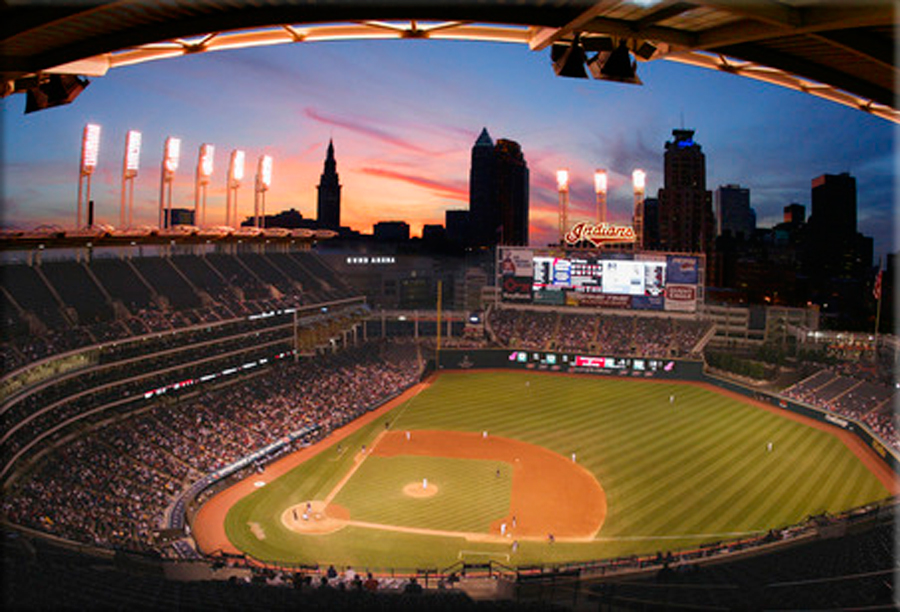
The infamous Ten Cent Beer Night: inebriated Cleveland Indians fans start a riot, causing the game to be forfeited to the Texas Rangers.
Wikipedia Photo: Progressive Field in Cleveland, Ohio.
June 4th, 1989

Ufa train disaster: A natural gas explosion near Ufa, Russia, kills 575 as two trains passing each other throw sparks near a leaky pipeline.
Wikipedia Photo: Ufa train disaster: near Ufa, Russia.
June 4th, 1989
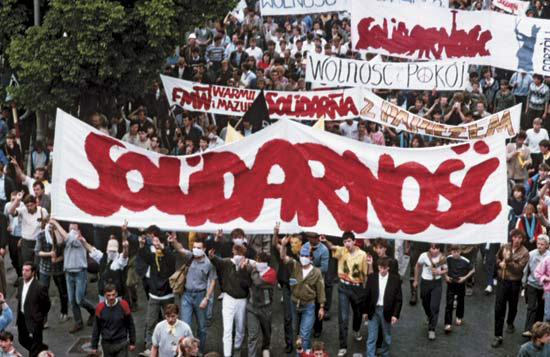
The Solidarity's victory in the first (somewhat) free parliamentary elections in post-war Poland sparks off a succession of peaceful anti-communist revolutions in Eastern Europe, leads to the creation of the so-called Contract Sejm and begins the Autumn of Nations.
Wikipedia Photo: Solidarity stike in Poland.
June 4th, 1989

Tiananmen Square protests: are violently ended in Beijing by the People's Liberation Army.
Wikipedia Photo: Tiananmen incident April 5th, 1976 (The incident occurred on the traditional day of mourning, and removal of the displays of mourning - The Gang of Four, ordered the Square to be cleared) ● Tiananmen Square protests of 1989; The “Unknown Rebel”, taken by Jeff Widener, 1989 ● A month before the crackdown, momentum was already gathering as thousands of students swarmed in the square on May 4, 1989 to call for greater freedom of speech and democracy, credit Peter Turley, Corbis.
June 4th, 1998

The Oklahoma City bombing:
1998 - Terry Nichols is sentenced to life in prison for his role in the Oklahoma City bombing.
Wikipedia Photo: Oklahoma City bombing; was a terrorist bomb attack on the Alfred P. Murrah Federal Building in Downtown Oklahoma City on April 19, 1995. ● McVeigh and Nichols cited the federal government's actions against the Branch Davidian compound in the 1993 Waco Siege (shown above) as a reason they perpetrated the Oklahoma City bombing ● The Alfred P. Murrah Federal Building two days after the bombing. ● Charles Porter's photograph of firefighter Chris Fields holding the dying infant Baylee Almon won the Pulitzer Prize for Spot News Photography in 1996. A similar photo was taken by Lester LaRue.
June 4th, 2010

Falcon 9 Flight 1 is the maiden flight of the SpaceX Falcon 9 rocket, which launched from Cape Canaveral Air Force Station Space Launch Complex 40.
Wikipedia Photo: SpaceX Falcon 9 ● A Falcon 9 v1.0 launches with first Dragon spacecraft ● Falcon 9 booster tank at the SpaceX factory, 2008.
June 4th, 2015
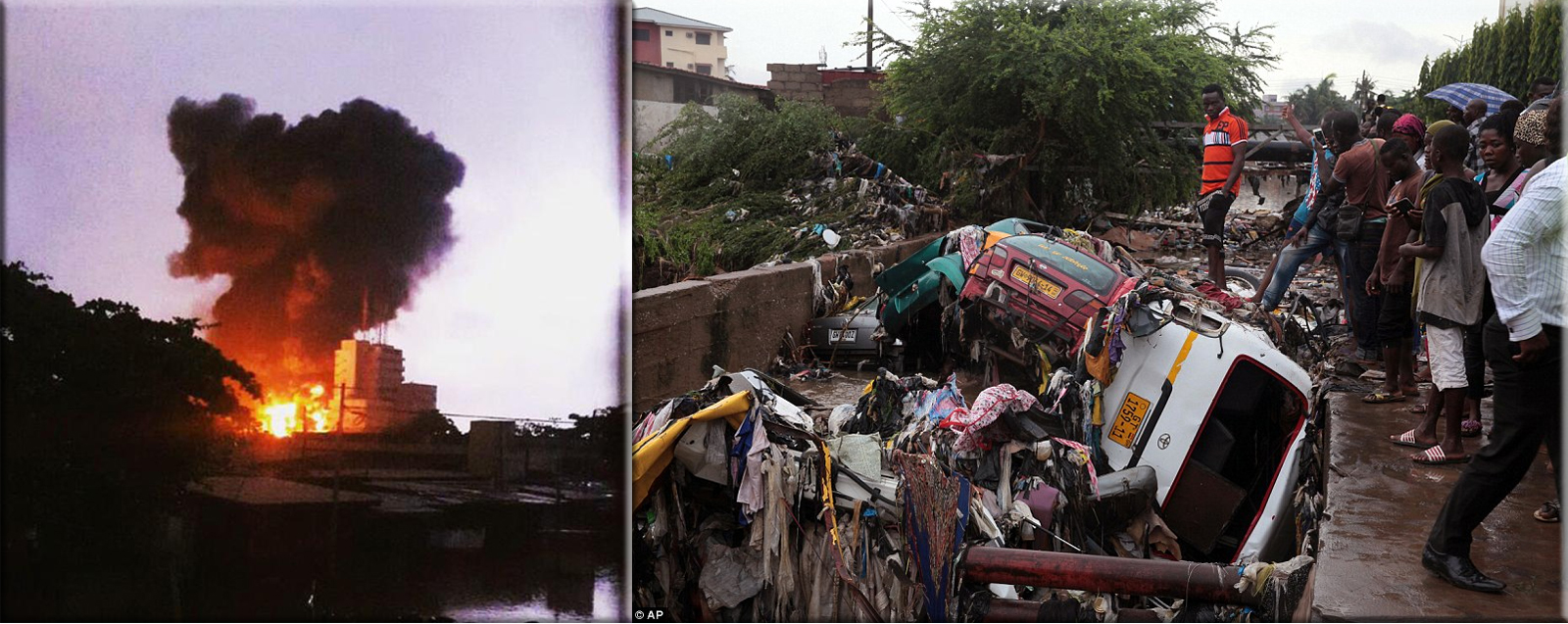
Accra explosion: An explosion at a gasoline station in Accra, Ghana, killing more than 200 people.
Wikipedia Photo: Accra explosion: An explosion at a gasoline station in Accra, Ghana, killing more than 200 people.
